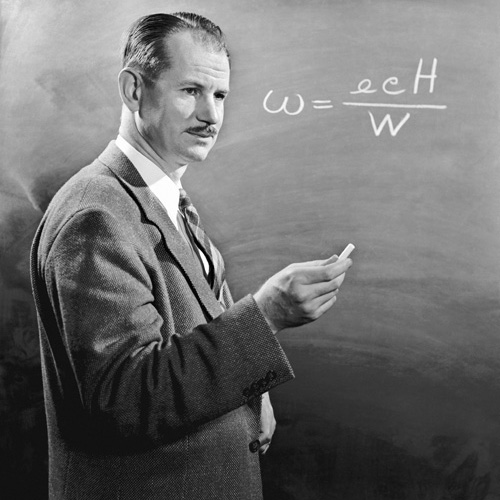Neptun
93
Np
Grupa
Nie dotyczy
Okres
7
Blok
f
Protony
Elektrony
Neutrony
93
93
144
Ogólne właściwości
Liczba atomowa
93
Masa atomowa
[237]
Liczba masowa
237
Kategoria
Aktynowce
Kolor
Srebrny
Radioaktywny
Tak
Named after the planet Neptune
Układ krystalograficzny
Rombowy prosty
Historia
Neptunium was the first synthetic transuranium element of the actinide series to be discovered.
Neptunium was first produced by Edwin McMillan and Philip H. Abelson in 1940 at Berkeley Radiation Laboratory of the University of California.
The team produced the neptunium isotope 239Np by bombarding uranium with slow moving neutrons.
Neptunium was first produced by Edwin McMillan and Philip H. Abelson in 1940 at Berkeley Radiation Laboratory of the University of California.
The team produced the neptunium isotope 239Np by bombarding uranium with slow moving neutrons.
Elektrony na poszczególnych powłokach
2, 8, 18, 32, 22, 9, 2
Konfiguracja elektronowa
[Rn] 5f4 6d1 7s2
Neptunium is obtained as a by-product from nuclear reactors
Właściwości fizyczne
Stan skupienia
Ciało stałe
Gęstość
20,45 g/cm3
Temperatura topnienia
910,15 K | 637 °C | 1178,6 °F
Temperatura wrzenia
4273,15 K | 4000 °C | 7232 °F
Ciepło topnienia
10 kJ/mol
Ciepło parowania
335 kJ/mol
Ciepło właściwe
- J/g·K
Ilość w skorupie Ziemi
Nie dotyczy
Ilość we Wszechświecie
Nie dotyczy

Numer CAS
7439-99-8
Numer CID PubChem
Nie dotyczy
Właściwości atomowe
Promień atomowy
155 pm
Promień walencyjny
190 pm
Elektroujemność
1,36 (Skali Paulinga)
Energia jonizacji
6,2657 eV
Objętość molowa
11,62 cm3/mol
Przewodność cieplna
0,063 W/cm·K
Stopnie utlenienia
3, 4, 5, 6, 7
Zastosowania
Neptunium is used mainly for research purposes.
When bombarded with neutrons 237Np is used to produce 238Pu which is used for spacecraft generators and terrestrial navigation beacons.
237Np is used in devices for detecting high-energy neutrons.
When bombarded with neutrons 237Np is used to produce 238Pu which is used for spacecraft generators and terrestrial navigation beacons.
237Np is used in devices for detecting high-energy neutrons.
Neptunium is harmful due to its radioactivity
Izotopy
Stabilne izotopy
-Niestabilne izotopy
225Np, 226Np, 227Np, 228Np, 229Np, 230Np, 231Np, 232Np, 233Np, 234Np, 235Np, 236Np, 237Np, 238Np, 239Np, 240Np, 241Np, 242Np, 243Np, 244Np